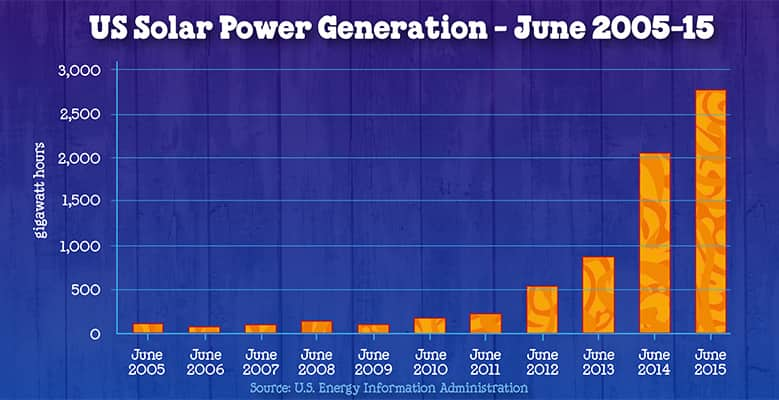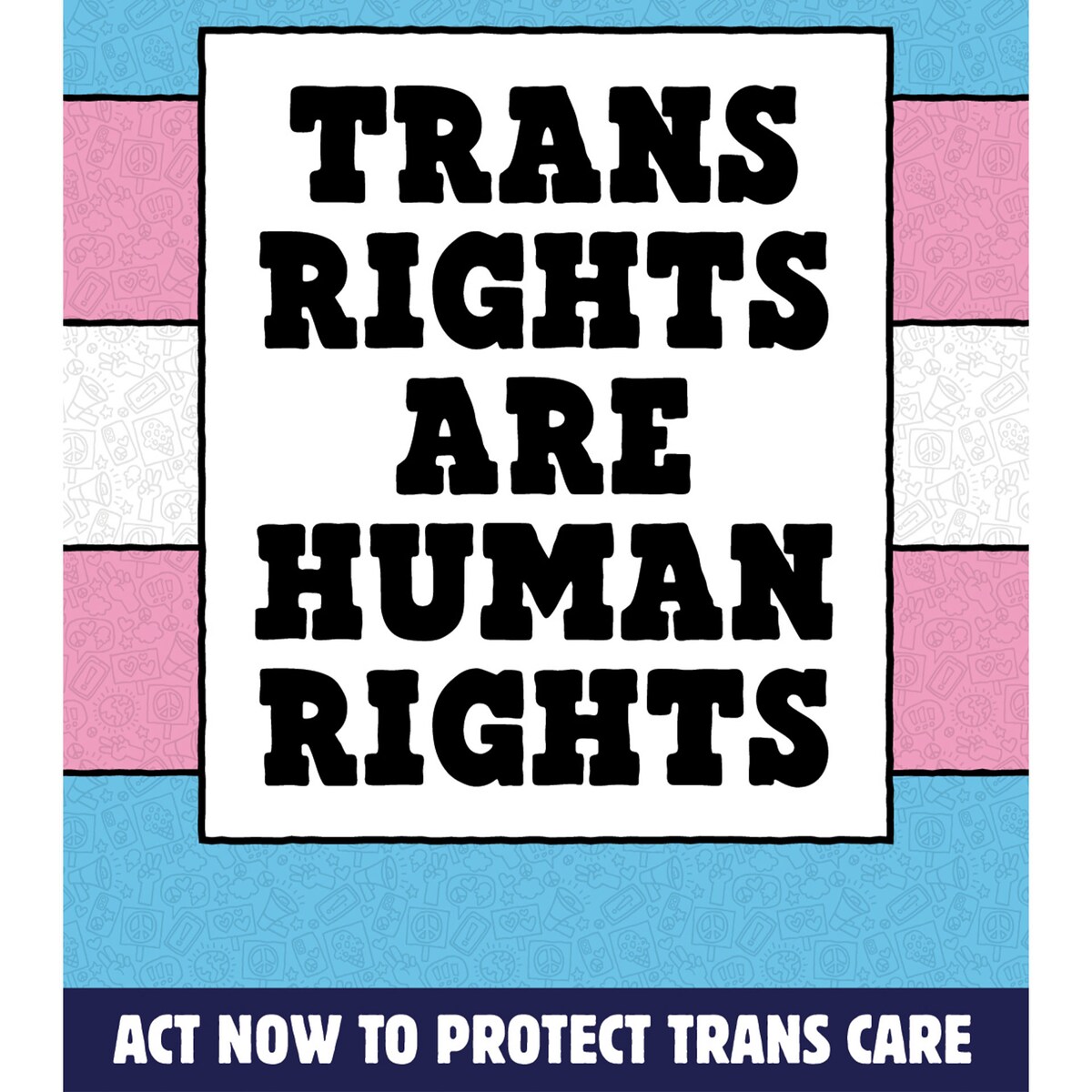Solar Power Is Here to Stay.
November 5, 2015
Why not cut ties from your electrical bill by sporting some neat panels on the roof and making actual energy from the sun? Given the choice, most people would probably like to go solar— but until recently, the cost just didn’t make sense for a lot of folks.
Now, that paradigm has been flipped: in lots of places around the globe, wind and solar cost the same, or are cheaper, than electricity from the grid. The world is adding more new renewable energy capacity than new fossil fuel capacity, and here in the US, solar generation topped all previous records this past June, putting out 2,765 gigawatt-hours of electricity, enough to power over 450,000 American homes. Given major shifts like this, the International Energy Agency (IEA) is considering the possibility that solar could be our biggest single source of electricity by 2050.

But replacing your energy bill with rooftop solar is one trend that’s got utilities in the US hot and steamy under the collar. Here’s the breakdown on the conflict and the potential solutions.
Utilities are Used to Owning Their Own Monopolies
Like a real life version of the classic board game, most utilities maintain a monopoly over their area of the electric grid, and can operate and set prices without any direct competition. Utilities were set up this way to ensure they had the cash to build and maintain capital-intensive infrastructure like power plants and power lines.
Not surprisingly, a century of operating as a monopoly has produced a business model that is extremely reluctant to change. And that’s despite the fact that studies from Minnesota to Maine, and lots of other states in between, show that the actual value of solar to the grid is higher than the utilities’ cost of buying it from the customer via net metering.
Part of the utility industry’s reluctance to change is the fact that their shareholders get more of their returns from building new power plants. So it’s not that solar users are taking a bite out of a utility’s revenue by not buying their electricity— it’s that homeowners are taking over the actual job of producing it. Instead of rolling with the changes, utilities are actually working against their own customers, changing billing to de-incentivize generating your own electricity or simply charging solar energy producers an added fee. In fact, utilities in over half of our country are pushing legislation and regulation to make it harder to go solar.
Someone Needs to Regulate This Board Game!
We’re living in a time of rapid decentralization, where the localized and intermittent nature of renewable energy is already spurring a massive transformation in technology and policy. And the US isn’t the first to experience this shift: Germany has been on its own path toward an energy revolution for years now, complete with plenty of success, and tumult.

Community solar is one way that the utility companies can provide solar, while still servicing their customer’s electricity demand. Community solar differs from an individual rooftop system in that utilities can get into the solar market and offer lower costs through economies of scale— lowering prices by building on the scale that an individual consumer never could. It’s just one step, but it’s one that President Obama is backing with his own National Community Solar Partnership, and California has required its three main utilities start offering.
And given the $121 million lobbying strength of electric utilities, it’s going to take a lot of effort to shift this industry.
Time for Utility 2.0
But really, we hope that the utilities themselves will take their businesses into the future, because the renewable energy’s upward trajectory is only going to continue. National policies including the Clean Power Plan are expected to make coal power generation up to 70% more expensive, while solar and wind costs continue to fall— all part of a plan designed to transition us off of fossil fuels, and onto renewables.
The same IEA study reports that no single source of energy is cheapest under all circumstances, meaning flexibility and locally relevant generation will be the way to go. Another reason why utilities need to become way more flexible and adapt to the new realities of how, and why, we get our electricity.
Recent Articles
Join The Climate Movement
-
With a landmark climate action agreement in place including commitments from 196 countries to fight climate change, now is the time to keep the pressure on and ensure swift action. This climate agreement wouldn’t have happened without millions of people around the world taking action. And we won’t be able to meet the ambitious goals of the Paris Agreement without millions and millions more people taking action in support of a rapid transition to clean energy. Paris was just the beginning, not the end. Let’s get to work towards a greener, cleaner future. Add your voice to the millions demanding action and sign the petition today!


